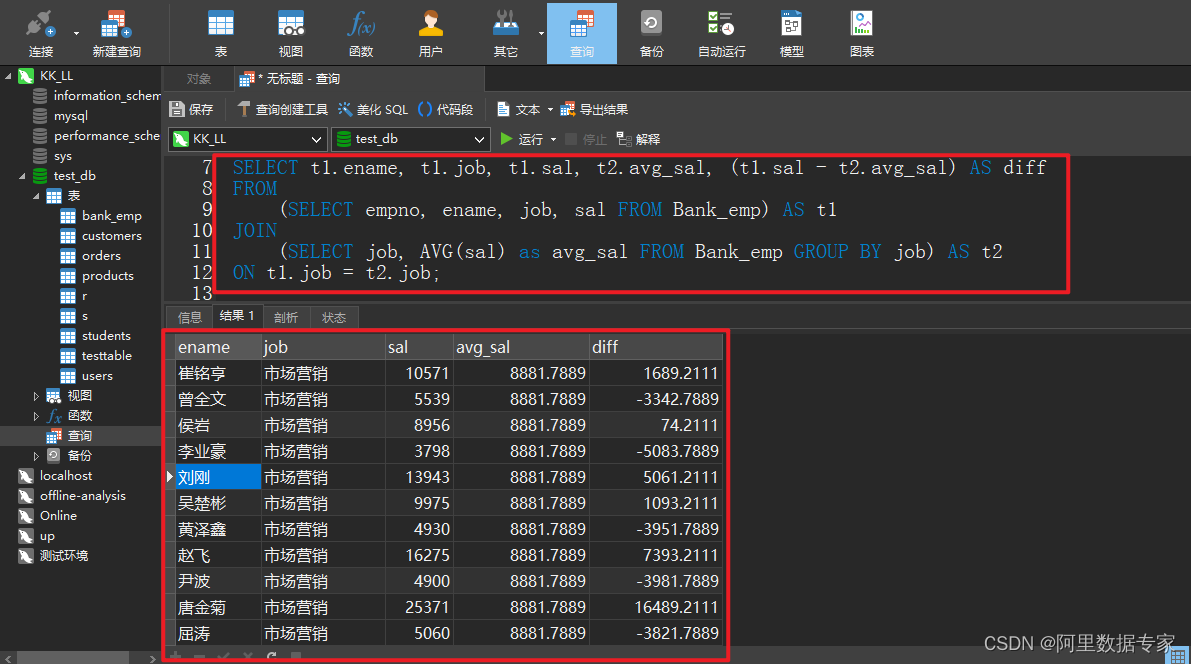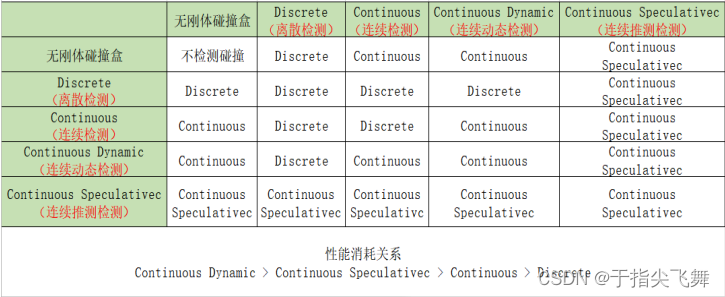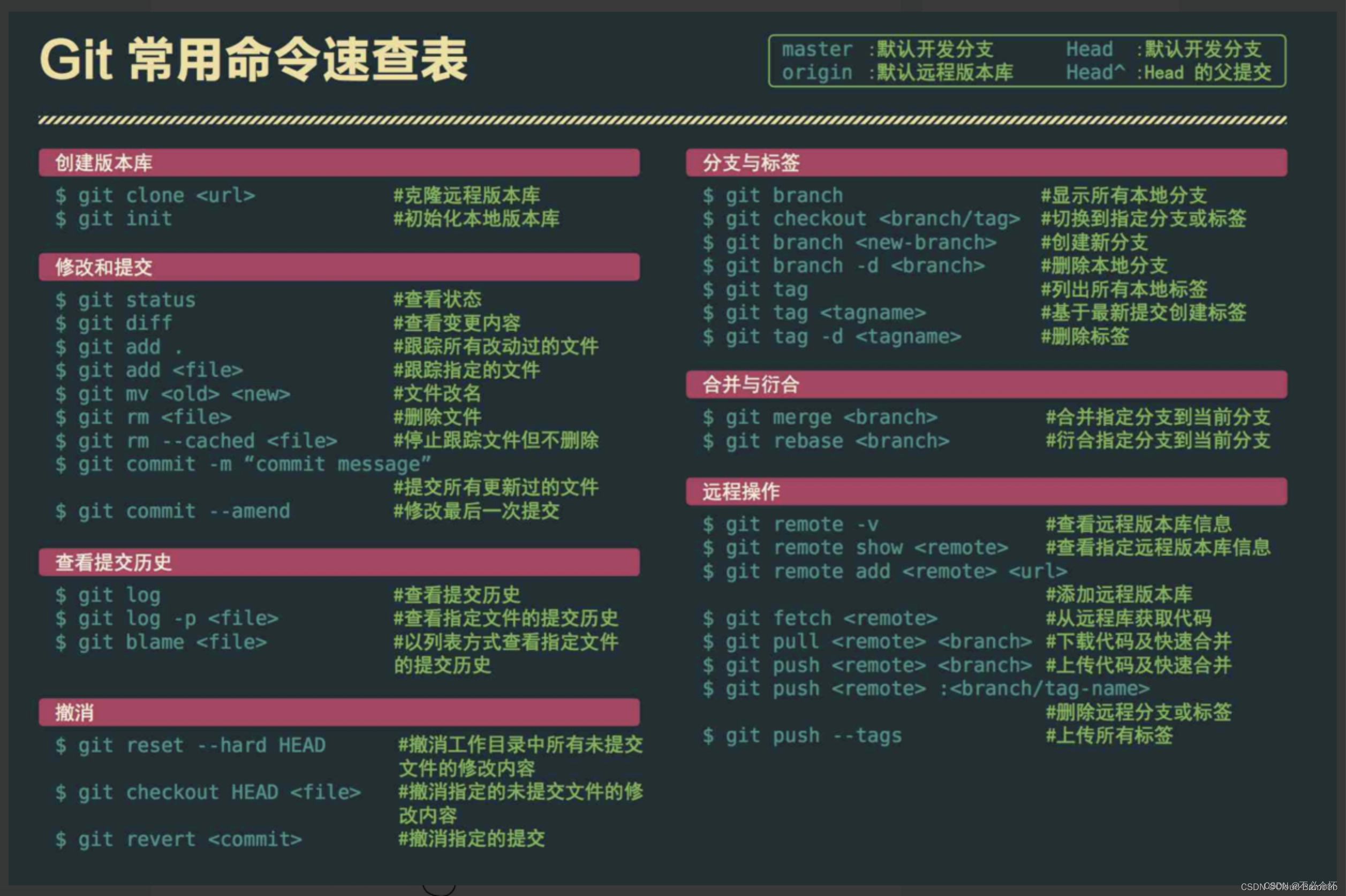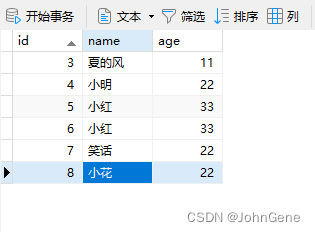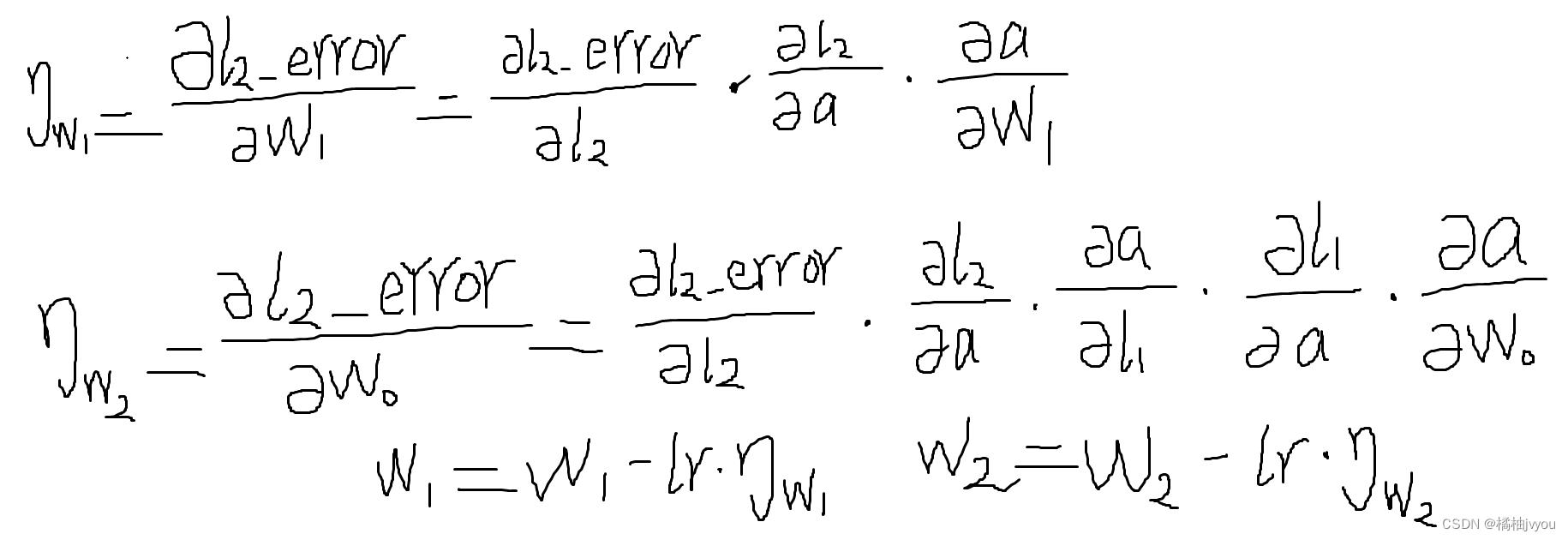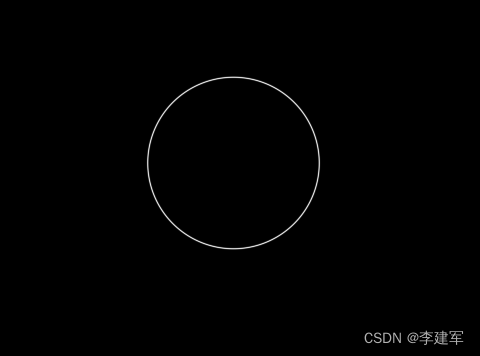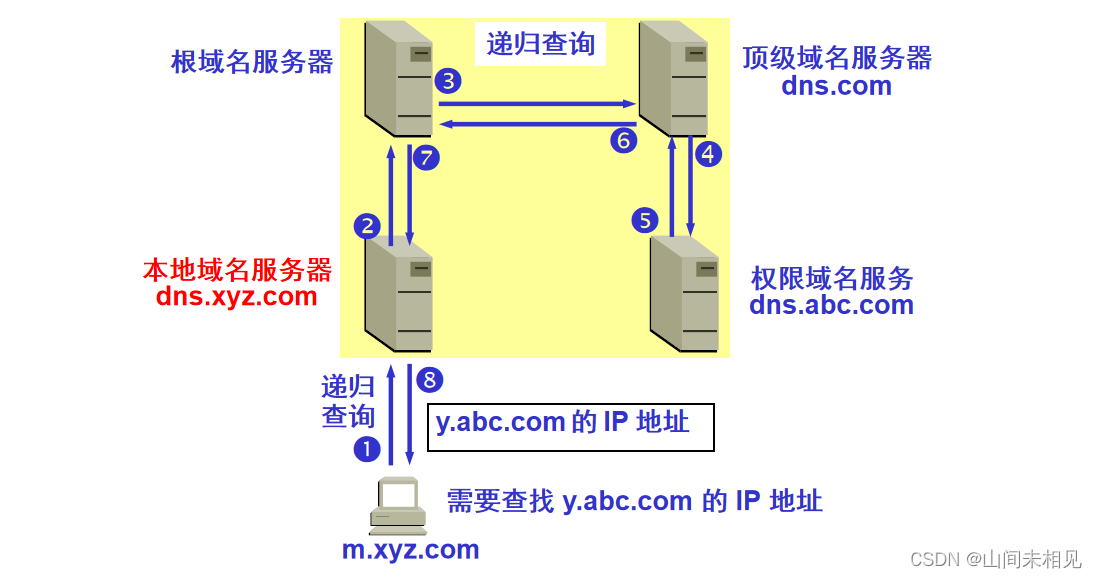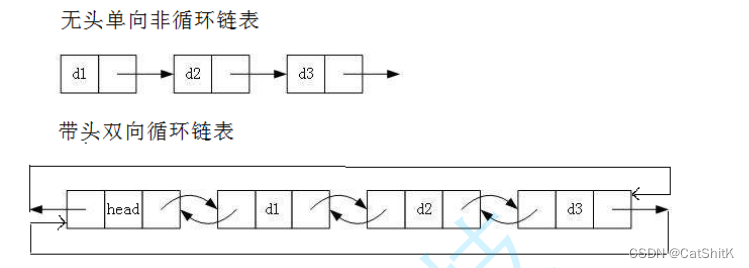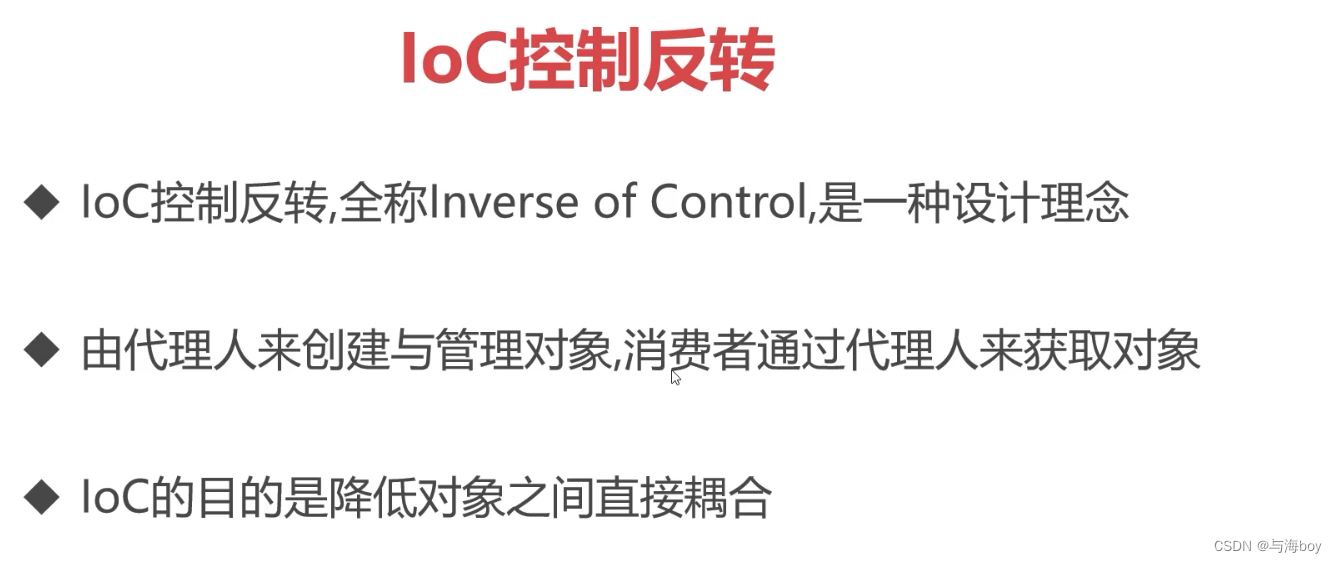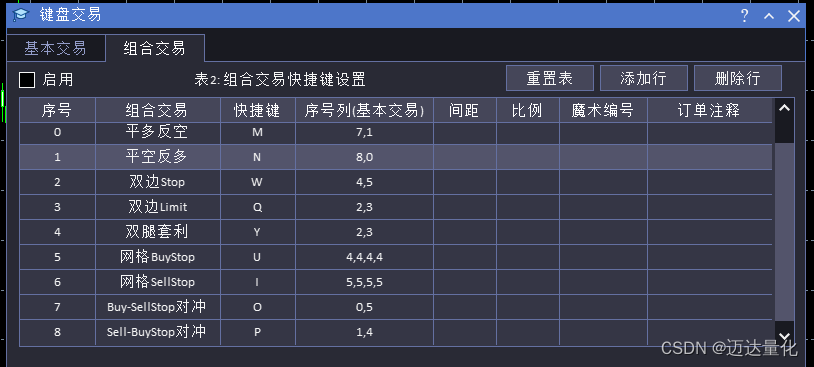算法学习——LeetCode力扣栈与队列篇1

232. 用栈实现队列
232. 用栈实现队列 - 力扣(LeetCode)
描述
请你仅使用两个栈实现先入先出队列。队列应当支持一般队列支持的所有操作(push、pop、peek、empty):
实现 MyQueue 类:
- void push(int x) 将元素 x 推到队列的末尾
- int pop() 从队列的开头移除并返回元素
- int peek() 返回队列开头的元素
- boolean empty() 如果队列为空,返回 true ;否则,返回 false
说明
- 你 只能 使用标准的栈操作 —— 也就是只有 push to top, peek/pop from top, size, 和 is empty 操作是合法的。
- 你所使用的语言也许不支持栈。你可以使用 list 或者 deque(双端队列)来模拟一个栈,只要是标准的栈操作即可。
示例
示例 1:
输入:
[“MyQueue”, “push”, “push”, “peek”, “pop”, “empty”]
[[], [1], [2], [], [], []]
输出:
[null, null, null, 1, 1, false]
解释:
- MyQueue myQueue = new MyQueue();
- myQueue.push(1); // queue is: [1]
- myQueue.push(2); // queue is: [1, 2] (leftmost is front of the queue)
- myQueue.peek(); // return 1
- myQueue.pop(); // return 1, queue is [2]
- myQueue.empty(); // return false
提示
- 1 <= x <= 9
- 最多调用 100 次 push、pop、peek 和 empty
- 假设所有操作都是有效的 (例如,一个空的队列不会调用 pop 或者 peek 操作)
进阶
你能否实现每个操作均摊时间复杂度为 O(1) 的队列?换句话说,执行 n 个操作的总时间复杂度为 O(n) ,即使其中一个操作可能花费较长时间。
代码解析
class MyQueue {
public:MyQueue() {}void push(int x) {s1.push(x);}int pop() {if(s2.empty() != 1) {int result = s2.top();s2.pop();return result;}else{while(s1.empty() != 1){int tmp = s1.top();s1.pop();s2.push(tmp);}int result = s2.top();s2.pop();return result;} }int peek() {if(s2.empty() == 1){while(s1.empty() != 1){int tmp = s1.top();s1.pop();s2.push(tmp);}}return s2.top();}bool empty() {if(s1.empty() == 1 && s2.empty() == 1)return true;else return false;}
public:stack<int> s1,s2;
};/*** Your MyQueue object will be instantiated and called as such:* MyQueue* obj = new MyQueue();* obj->push(x);* int param_2 = obj->pop();* int param_3 = obj->peek();* bool param_4 = obj->empty();*/225. 用队列实现栈
225. 用队列实现栈 - 力扣(LeetCode)
描述
请你仅使用两个队列实现一个后入先出(LIFO)的栈,并支持普通栈的全部四种操作(push、top、pop 和 empty)。
实现 MyStack 类:
- void push(int x) 将元素 x 压入栈顶。
- int pop() 移除并返回栈顶元素。
- int top() 返回栈顶元素。
- boolean empty() 如果栈是空的,返回 true ;否则,返回 false 。
注意
你只能使用队列的基本操作 —— 也就是 push to back、peek/pop from front、size 和 is empty 这些操作。
你所使用的语言也许不支持队列。 你可以使用 list (列表)或者 deque(双端队列)来模拟一个队列 , 只要是标准的队列操作即可。
示例
输入:
[“MyStack”, “push”, “push”, “top”, “pop”, “empty”]
[[], [1], [2], [], [], []]
输出:
[null, null, null, 2, 2, false]
解释:
MyStack myStack = new MyStack();
myStack.push(1);
myStack.push(2);
myStack.top(); // 返回 2
myStack.pop(); // 返回 2
myStack.empty(); // 返回 False
提示
- 1 <= x <= 9
- 最多调用100 次 push、pop、top 和 empty
- 每次调用 pop 和 top 都保证栈不为空
进阶
你能否仅用一个队列来实现栈。
代码解析
两个队列实现栈
#include <iostream>
#include<string>
#include<vector>
#include<unordered_map>
#include <algorithm>
#include<map>
#include<stack>
#include <queue>
using namespace std;class MyStack {
public:MyStack() {}void push(int x) {que_1.push(x);}int pop() {int result = 0;while (que_1.empty() == 0){result = que_1.front();que_2.push(que_1.front());que_1.pop();}int num = que_2.size() - 1;for (int i = 0; i < num ; i++){que_1.push(que_2.front());que_2.pop();}que_2.pop();return result;}int top() {int result = 0;while (que_1.empty() == 0){result = que_1.front();que_2.push(que_1.front());que_1.pop();}while (que_2.empty() == 0){que_1.push(que_2.front());que_2.pop();}return result;}bool empty() {if (que_1.empty() == 1)return 1;else return 0;}
public:queue<int> que_1;queue<int> que_2;
};int main() {MyStack obj;obj.push(1);obj.push(2);obj.push(3);cout << obj.pop() << endl;cout << obj.pop() << endl;cout << obj.pop() << endl;cout << obj.empty() << endl;return 0;}一个队列实现栈
class MyStack {
public:MyStack() {}void push(int x) {que_1.push(x);}int pop() {int result = 0;int size = que_1.size() -1 ;for (int i = 0; i < size; i++){result = que_1.front();que_1.pop();que_1.push(result);}result = que_1.front();que_1.pop();return result;}int top() {int result = 0;int size = que_1.size() ;for (int i = 0; i < size; i++){result = que_1.front();que_1.pop();que_1.push(result);}return result;}bool empty() {if (que_1.empty() == 1)return 1;else return 0;}
public:queue<int> que_1;};20. 有效的括号
20. 有效的括号 - 力扣(LeetCode)
描述
给定一个只包括 ‘(’,‘)’,‘{’,‘}’,‘[’,‘]’ 的字符串 s ,判断字符串是否有效。
有效字符串需满足:
左括号必须用相同类型的右括号闭合。
左括号必须以正确的顺序闭合。
每个右括号都有一个对应的相同类型的左括号。
示例
示例 1:
输入:s = “()”
输出:true
示例 2:
输入:s = “()[]{}”
输出:true
示例 3:
输入:s = “(]”
输出:false
提示
- 1 <= s.length <= 104
- s 仅由括号 ‘()[]{}’ 组成
代码解析
遇到左括号压栈左括号
class Solution {
public:bool checkout( char &a , char &b ) //检查括号是否匹配{if (a == '(' && b == ')') return 1;else if (a == '[' && b == ']') return 1;else if (a == '{' && b == '}') return 1;else return 0;}bool isValid(string s) {stack<char> stack_s;stack_s.push(1);//防止空栈时top函数报错,提前压栈stack_s.push(s[0]);for (int i = 1; i < s.size(); i++){if (checkout(stack_s.top(), s[i]) == 0) //不匹配压栈{stack_s.push(s[i]);}else//匹配弹栈{stack_s.pop();}}stack_s.pop();//弹出之前压的1return stack_s.empty();}
};遇到左括号压栈右括号
class Solution {
public:bool isValid(string s) {if (s.size() % 2 != 0) return false; // 如果s的长度为奇数,一定不符合要求stack<char> st;for (int i = 0; i < s.size(); i++) {if (s[i] == '(') st.push(')');else if (s[i] == '{') st.push('}');else if (s[i] == '[') st.push(']');// 第三种情况:遍历字符串匹配的过程中,栈已经为空了,没有匹配的字符了,说明右括号没有找到对应的左括号 return false// 第二种情况:遍历字符串匹配的过程中,发现栈里没有我们要匹配的字符。所以return falseelse if (st.empty() || st.top() != s[i]) return false;else st.pop(); // st.top() 与 s[i]相等,栈弹出元素}// 第一种情况:此时我们已经遍历完了字符串,但是栈不为空,说明有相应的左括号没有右括号来匹配,所以return false,否则就return truereturn st.empty();}
};1047. 删除字符串中的所有相邻重复项
1047. 删除字符串中的所有相邻重复项 - 力扣(LeetCode)
描述
给出由小写字母组成的字符串 S,重复项删除操作会选择两个相邻且相同的字母,并删除它们。
在 S 上反复执行重复项删除操作,直到无法继续删除。
在完成所有重复项删除操作后返回最终的字符串。答案保证唯一。
示例
输入:“abbaca”
输出:“ca”
解释:
例如,在 “abbaca” 中,我们可以删除 “bb” 由于两字母相邻且相同,这是此时唯一可以执行删除操作的重复项。之后我们得到字符串 “aaca”,其中又只有 “aa” 可以执行重复项删除操作,所以最后的字符串为 “ca”。
提示
- 1 <= S.length <= 20000
- S 仅由小写英文字母组成。
代码解析
返回原本的字符串
class Solution {
public:string removeDuplicates(string s) {stack<char> stack_s;stack_s.push(1);stack_s.push(s[0]);for (int i = 1; i < s.size(); i++){if (stack_s.top() != s[i]){stack_s.push(s[i]);}else{stack_s.pop();}}s.erase(0, s.size());int num = stack_s.size()-1;for(int i= 0 ;i < num; i++){ s.insert(0,1,stack_s.top());//插入函数复杂度高,每一个点都执行浪费时间stack_s.pop();}return s;}
};返回另一个串
class Solution {
public:string removeDuplicates(string s){stack<char> stack_s;stack_s.push(1);stack_s.push(s[0]);for (int i = 1; i < s.size(); i++){if (stack_s.top() != s[i]){stack_s.push(s[i]);}else{stack_s.pop();}}string result ="";int num = stack_s.size()-1;for(int i= 0 ; i < num; i++){ result += stack_s.top();//倒叙插入,然后反转stack_s.pop();}reverse (result.begin(), result.end());//反转一次,节省时间return result;} };